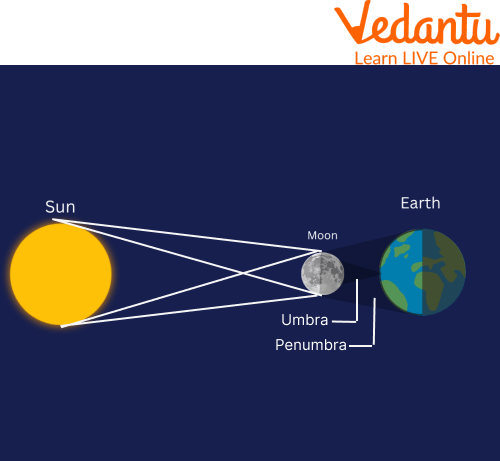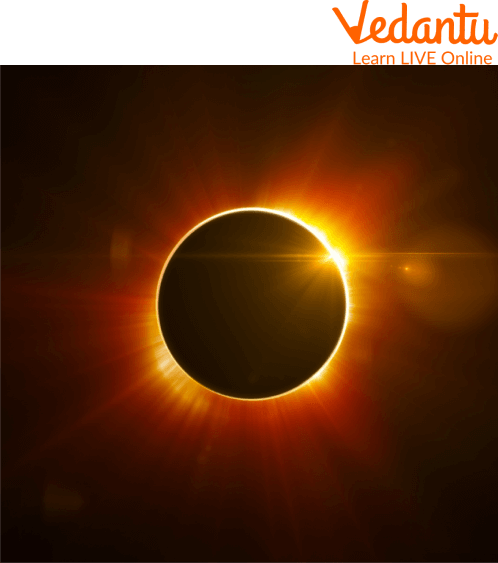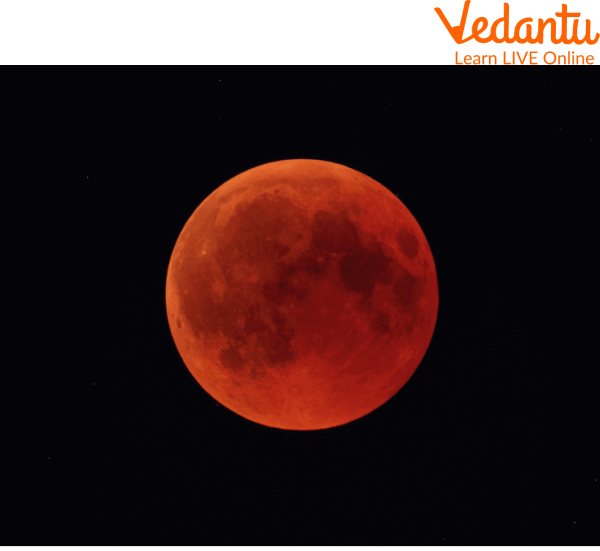




Overview of Solar and Lunar Eclipse
Eclipses have stimulated a number of scientific discoveries in addition to influencing artists and musicians. Solar eclipses have been used to study the structure of the Sun and its explosive events for more than a century. They have also been used to find support for the general relativity theory and to identify new elements.
NASA researchers continue to investigate eclipses in order to learn more about the Sun, Earth, and the space environment. Total solar eclipses are particularly significant because they provide scientists with a chance to observe the corona, a region of the Sun's atmosphere that is too weak to be seen against the Sun's brilliant brightness. Let’s find out more about them.
Solar and Lunar Eclipse for Kids
Lunar and solar eclipses are the two main categories into which they fall. Solar eclipses happen when the Moon moves in front of the Sun and Earth, casting a shifting shadow zone on the planet's surface. When Earth moves in front of the Sun and Moon, a lunar eclipse takes place, covering the Moon with a shadow.
Total solar eclipses, during which the Moon blocks out the Sun, are distinguished from annular eclipses, where the Moon only partially blocks out the Sun. The distance between such three objects determines whether an eclipse is partial or annular. The separation between any of these celestial bodies varies as a result of Earth's orbital path and the Moon's elliptical orbit around Earth.
The moon looks smaller in the sky than the sun when the sun is closest to earth, as well as the moon is at or around its greatest distance. In this case, the moon would not appear big enough to obscure the sun's disc totally, therefore, a rim or ring of lights will still be visible in the sky whenever an eclipse of the sun occurs. This eclipse is annular.

Simple Solar Eclipse
Facts About Solar Eclipse
Given below are some facts about solar eclipses, which will also be helpful in writing a Short Note on Solar Eclipse
The North and the South Poles are inaccessible during total solar eclipses.
Every 18 years and 11 months, nearly similar solar eclipses take place.
Depending on the Sun, Moon, and Earth's geometry, there may be two to five solar eclipses per year.
One to two years can pass between complete solar eclipses. They are, therefore, highly unusual occurrences.
The totality path typically spans an area of the Earth's surface around 10,000 miles long and has a width of about 160 km.
During a complete solar eclipse, if some planets are in the sky, they can be observed as points of light.
At new moon, a solar eclipse takes place. It is said to be new when the moon was between Sun and Earth. The new moon is the sole lunar phase during which that occurs.
Totality is a safe time to look. Observing the eclipse when the moon's disc is blocking the Sun is safe.

Solar Eclipse
Facts About Lunar Eclipse
Given below are some facts about the lunar eclipse, have a look!
Only a full moon causes a lunar eclipse.
The term "Syzygy" is used when the Earth, Sun, and Moon align.
There are three distinct types of lunar eclipses. You can have a total, partial, or penumbral moon eclipse.
The term "totality" is employed when the moon is totally dark.
During an eclipse, refraction makes the moon look red.
Lunar eclipses only happen occasionally. Lunar eclipses, of course, don't last forever.
Eclipses will vary from a few billion to several million years.
Christopher Columbus once escaped a jam by using his understanding of lunar eclipses.

Lunar Eclipse
Summary
Solar eclipses have been used to study the structure of the Sun and its explosive events for more than a century. They have also been used to find support for the general relativity theory and to identify new elements. NASA researchers continue to investigate eclipses in order to learn more about the Sun, Earth, and the space environment. This article can be treated as a short note on solar eclipse. We studied solar and lunar eclipses and also saw some simple solar eclipse diagrams in this article.
Would a total solar eclipse, in which the moon totally blocks out the sun and plunges sections of the planet into absolute darkness for a few minutes, affect people physically, though? Simply put, no. NASA claims that there is no proof that human beings are physically impacted by eclipses.
FAQs on Solar and Lunar Eclipse for Kids
1. Which four types of eclipses are there?
Solar eclipses come in four types: complete, partial, yearly, and hybrid. When the moon fully obscures the sun, total solar eclipses take place. Only a certain area of the Earth can see total solar eclipses at a time.
2. Can canines detect an eclipse?
Although dogs frequently perceive a variety of supernatural occurrences, they are unlikely to comprehend the significance of an eclipse.
3. Eclipses: Are they beneficial or bad?
Many people still believe that eclipses are unlucky omens that portend catastrophes, death, and devastation.









